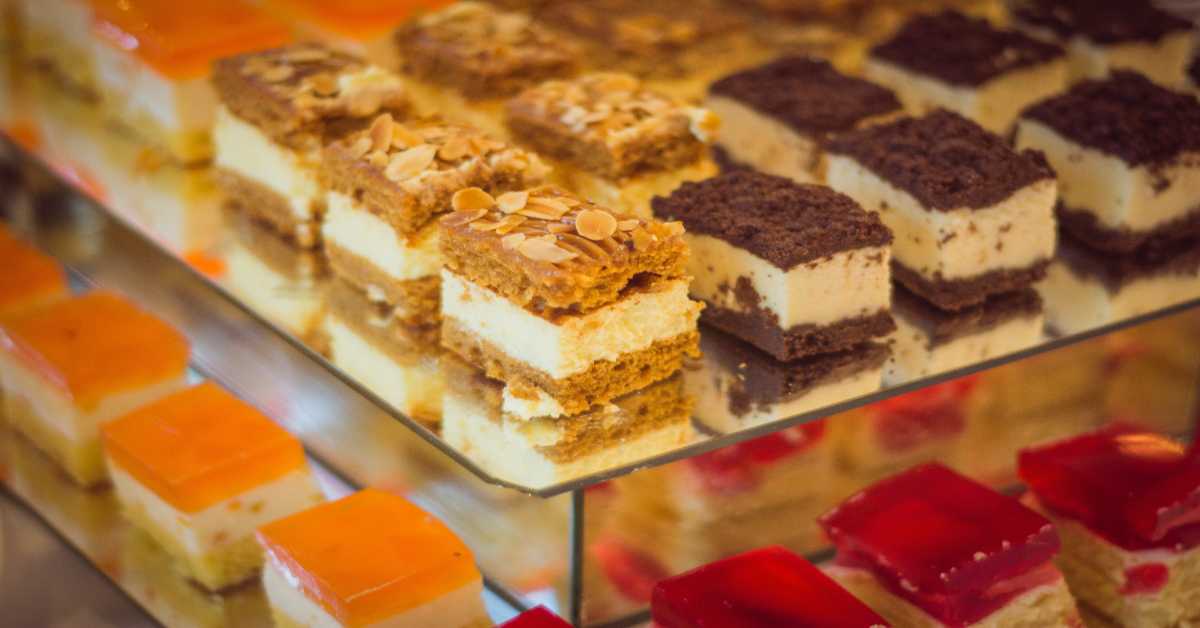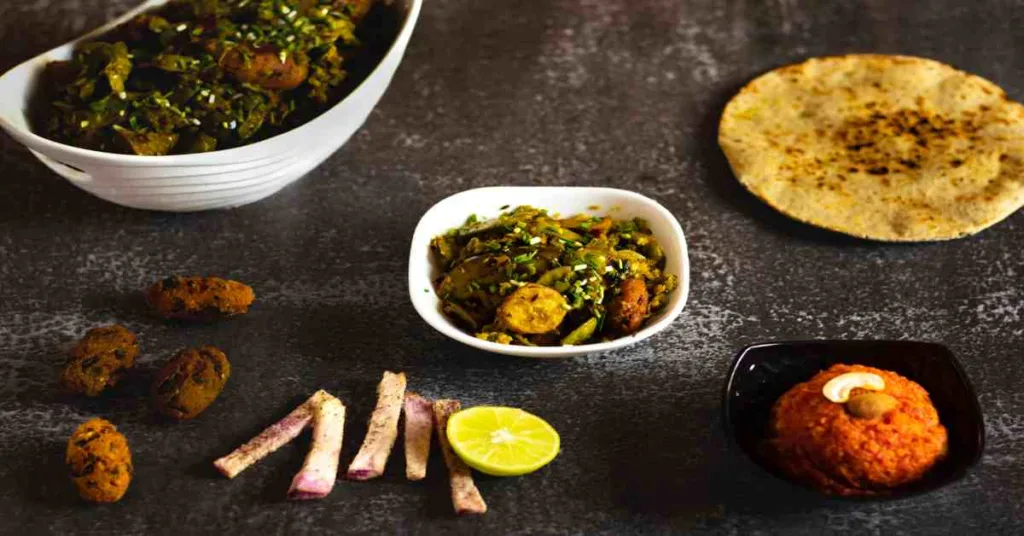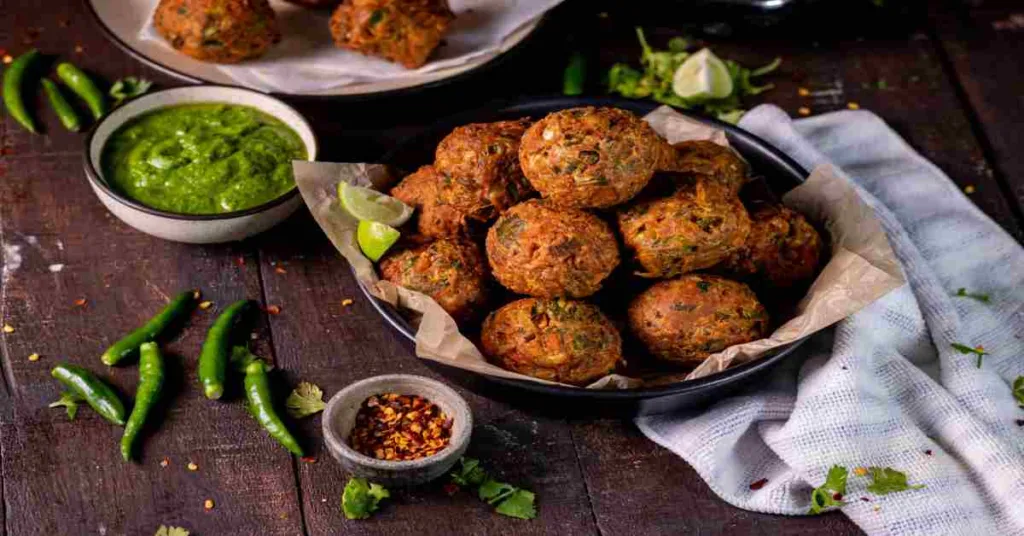Mohanthal Gujarat famous food
Mohanthal is a soft fudge-like confection made with sweetened gramme flour (besan) and flavoured with saffron, cardamom, and nuts like almonds and pistachios, that is renowned for its creaminess and richness. It is a well-known Gujarati barfi made especially for special occasions and festival times. It is a signature dish of many Gujarati households, with each housewife adding her own unique touch to this ancient recipe.
It is made with great care during the Janmashtami celebration because it is thought to be Lord Krishna’s favourite dessert. It is a traditional dessert, it is occasionally made to sate a sudden appetite for dessert. It is available in all the state’s mithai stores and can also be ordered as a teatime snack. Rose water and spices like cardamom and saffron give the sweet enticing flavour and captivating aroma to it, while an assortment of slivered nuts makes the sweet richer. Mohanthal mithai texture should be rough so a sieve with big holes for the besan mixture has been used.
Difference between Mohanthal & Mysore Pak
In Mohanthal, besan is ground with ghee and milk, sieved, and then roasted in ghee. Later, stir in the sugar syrup. The situation is somewhat the opposite in Mysorepak. When the sugar syrup is complete, begin adding the besan batter and whisk constantly.
Mohanthal Recipe
Ingredients: Besan, ghee, milk, sugar, water, saffron food colour, cardamom powder, mawa, silver vark, dry fruits.
Step 1: First, combine 3 cups besan, 1/4 cup ghee, and 1/4 cup milk in a big bowl.
Step 2: Mix and crumble the besan until it becomes wet.
Step 3: Rub the besan continuously until it develops a gritty texture.
Step 4: Now use a sieve with big holes to filter the besan.
Step 5: Besan develops a gritty texture. put aside.
Step 6: Heat 1 cup of ghee in a large kadai before adding the besan mixture.
Step 7: Continue to roast the besan over low heat.
Step 8: The besan turns golden brown and ghee pours out of the sides of the pan after 20 minutes of roasting.
Step 9: Now continue mixing while adding 1/2 cup milk.
Step 10: The mixture becomes foamy and becomes grainier in texture.
Step 11: Cook the besan until all of the milk has been absorbed.
Step 12: Move to a bowl, then set it away.
Step 13: Add 2 cups sugar and 2 cups water to a big kadai.
Step 14: Boil the mixture for one string’s worth of sugar syrup.
Step 15: Mix thoroughly after adding a pinch of saffron food colouring. Although it is optional, adding colour improves the burfi’s colour.
Step 16: Furthermore, stir in 1/2 cup khova. The khova and sugar syrup must be well combined.
Step 17: Now incorporate the sugar syrup with the roasted besan mixture. Make sure the besan is thoroughly incorporated while mixing.
Step 18: Cook the mixture until the pan begins to separate from the mixture. Stir in 1/4 tsp of cardamom powder as well.
Step 19: Place the mixture on the baking sheet-lined tray. Tap and level up to make a top that is uniform.
Step 20: Rest for four hours, or chill to fast set.
Step 21: Unmould the burfi after it has fully hardened, then embellish with silver vark.
Step 22: Chop into the desired form, then top with dry fruits as a garnish.
Step 23: Last but not least, Mohanthal keeps for a week in the refrigerator.
Read more about Gujarati famous food


